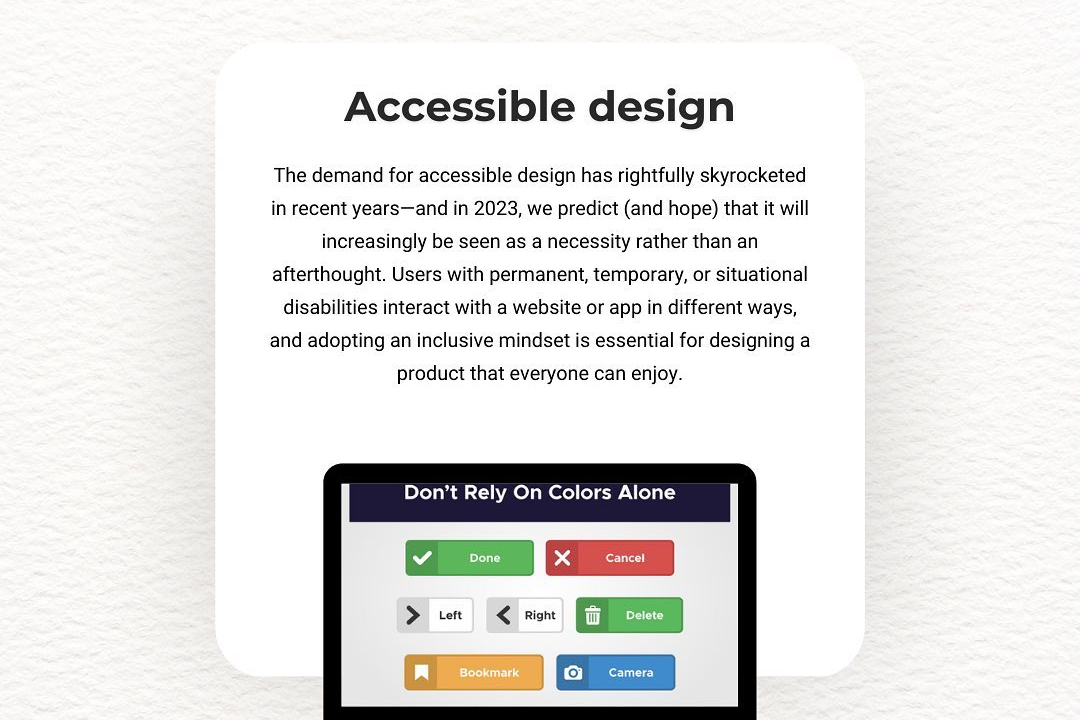Flutter API Tutorials
Mastering Flutter APIs: A Comprehensive Guide
Flutter API Tutorials
Flutter API tutorials are instructional resources designed to help developers learn how to effectively utilize APIs within Flutter applications. These tutorials typically cover the fundamentals of making network requests using the Dart `http` package, parsing JSON data, and integrating backend services into Flutter apps. They may also explore advanced topics such as handling asynchronous programming with futures and streams, managing state with providers or Riverpod, and implementing error handling and user feedback mechanisms. By following these tutorials, developers can gain practical skills to communicate with RESTful services, retrieve and display dynamic data in their Flutter applications, and create responsive and interactive user experiences.
To Download Our Brochure: https://www.justacademy.co/download-brochure-for-free
Message us for more information: +91 9987184296
1 - Introduction to Flutter: Begin with an overview of Flutter, explaining what it is, its architecture, and why it is a popular choice for cross platform app development.
2) Setting Up the Development Environment: Guide students through installing Flutter, including downloading the SDK, setting up an IDE (like Android Studio or Visual Studio Code), and configuring an emulator/device for testing.
3) Dart Language Basics: Introduce Dart, the programming language used by Flutter. Cover essential concepts such as variables, data types, control flow, functions, and object oriented principles.
4) Creating a New Flutter Project: Walk students through the process of creating a new Flutter project from scratch, explaining the folder structure and important files.
5) Understanding Widgets: Explain the concept of widgets in Flutter. Distinguish between stateless and stateful widgets, and demonstrate how to create and use widgets in an app.
6) Layout and UI Design: Teach students about Flutter's layout system, including common widgets like Row, Column, Stack, and Container, and the principles of building responsive UIs.
7) State Management Techniques: Discuss different state management solutions available in Flutter, such as Provider, Riverpod, Bloc, and setState, and when to use each.
8) Working with APIs: Introduce the concept of REST APIs, how to make HTTP requests in Flutter, and how to parse JSON data to work with APIs effectively.
9) Implementing API Services: Guide students through building a service class to manage API calls, handling data fetching, error handling, and managing the response.
10) Displaying Data in Widgets: Show how to display data fetched from APIs in Flutter widgets like ListView, GridView, and custom widgets. Discuss best practices for managing and displaying dynamic content.
11) User Authentication: Cover the basics of implementing user authentication (e.g., using Firebase or a custom backend), including login, signup, and managing user sessions.
12) Persistent Storage: Teach students how to use local storage options in Flutter, such as Shared Preferences and SQLite, to save user data and app settings.
13) Working with JSON: Explain how to serialize and deserialize JSON data in Flutter. Use a practical example to help students understand how to handle various data structures.
14) Navigation and Routing: Focus on navigating between screens in a Flutter app, including named routes, passing data between screens, and managing the app’s navigation stack.
15) Testing Flutter Applications: Introduce students to testing methodologies in Flutter, including unit tests, widget tests, and integration tests, and emphasize the importance of maintaining code quality.
16) Publishing Apps: Provide a step by step guide on how to prepare a Flutter app for release. Discuss building for iOS and Android, creating app icons, and publishing on app stores.
17) Debugging Techniques: Teach students essential debugging techniques in Flutter, using tools like Flutter DevTools, analyzing errors, and troubleshooting common issues.
18) Real world Project Development: Encourage students to develop a real world project by applying what they've learned. Provide guidelines and support as they build a complete Flutter application integrating various aspects.
19) Resources and Community: Share useful resources such as official documentation, online courses, community forums, and GitHub repositories for ongoing learning and support.
20) Future Trends and Advanced Topics: Brief students on future trends in Flutter development, such as Flutter for web and desktop, and potential advanced topics like animations and platform channels.
These points can serve as a structured outline for a training program focused on Flutter API tutorials, helping students gain a comprehensive understanding of Flutter development.
Browse our course links : https://www.justacademy.co/all-courses
To Join our FREE DEMO Session: Click Here
Contact Us for more info:
alteryx powerbi
Java and reactive libraries
Build automation (maven))
mern stack roadmap
Java For Compliance Management











